Seaside Royal Palace
Location ID: 2647Euxinograd is a late 19th-century Bulgarian former royal summer palace and park on the Black Sea coast, 8 kilometres north of downtown Varna, and in about a 6 hours drive from Sofia. The palace is currently a governmental and presidential retreat hosting cabinet meetings in the summer and offering access for tourists to several villas and hotels. The park and palace have recently undergone extensive restorations and renovations.
Construction of the palace began in 1882. The palace, as it is today, was constructed during the reign of Knyaz (later Tsar) Ferdinand. The pediment and other materials from the right wing of Château de Saint-Cloud in France, a former French royal residence, were brought to Bulgaria by Ferdinand and integrated into his new palace.
Ferdinand commissioned Swiss architect Hermann Mayer and Bulgarian architect Nikola Lazarov to complete the design of the palace.
Following the abolition of the monarchy in Bulgaria, the result of a referendum held under the auspices of the Communists in 1946, Euxinograd became a summer residence of the then-Communist authorities. The democratic changes in 1989 made the former royal palace a presidential and governmental residence and it was opened to the public. Euxinograd is often considered to be one of the finest examples of post-Liberation architecture in Bulgaria.
The palace was designed in style of an 18th-century French château style, with a high metal-topped mansard roof, figured brickwork, balconies and a clock tower. Following the demolition of the Château de Saint-Cloud, Ferdinand acquired the pediment of its right wing for the palace in 1890–1891; however, rather than used as an architectural feature for the palace itself, the pediment was incorporated in the foundations of a garden terrace.
Euxinograd has three storeys. The first houses the principal reception room, the second: the private apartments of the royal family and the third: the servants. The furniture is made of mahogany and walnut wood. The giant chandelier decorated with a royal crown and gold lilies was a gift from the House of Bourbon. The door handles of the toilets bear the coat of arms of Tsar Ferdinand. The sundial was a gift from Queen Victoria.
The palace’s Winery was established in 1891 to meet the requirements of the Bulgarian Royal Family, its cellars take up two floors. The vineyards continue to produce high-quality white wine (twelve varieties) and brandy (seven varieties). The wines are considered amongst the best in Bulgaria. The Euxinograd cellar has been preserving valuable 125-year-old French wines since the Liberation of Bulgaria. In addition, the Euxinograd complex also includes a former royal stable.
The landscaping and design of Euxinograd park, which is surrounded by vineyards, began in 1890, and was executed over several decades. During which time, more than 50,000 trees were purchased from Marseille and planted in the palace’s landscape park.
The park is home to over 310 plant varieties from Asia, South America, North Africa and Southern France, reputed to have been selected by Ferdinand himself, and occupies an area of over 180 acres. The design is a combination of both the English and French landscaping styles, English garden and garden à la française, and was mostly designed by Édouard André. French-made bronze figures and a sculpture of Neptune adorn various areas.
A small river flows through the park, and is spanned by two bridges, one metal and one of cement, imitating a fallen tree. The park also features a small lake full of lilies.
Another landmark in the area of the residence is the ruins of a late ancient fortress in the northeastern part of the park.
The complex offers a restaurant, an outdoor barbecue area, as well as sports facilities for practicing of various sports, such as table tennis, tennis, basketball, volleyball, fitness, bowling, water skiing, surfing, etc.
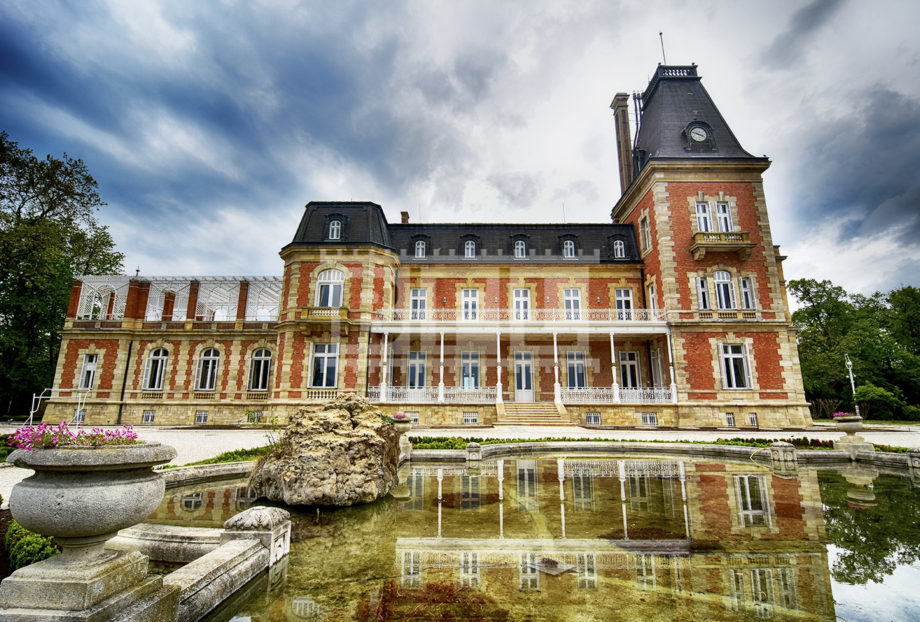














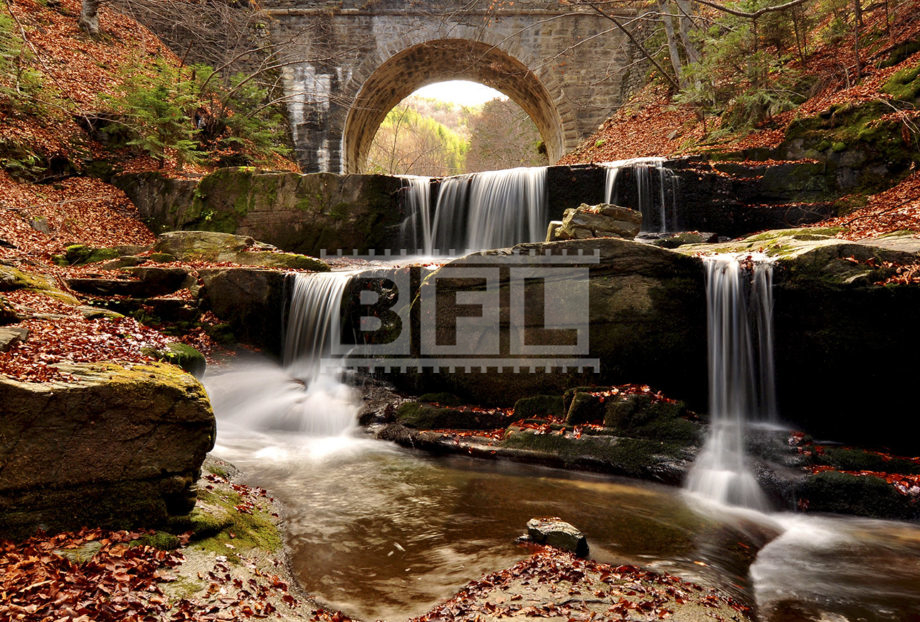)
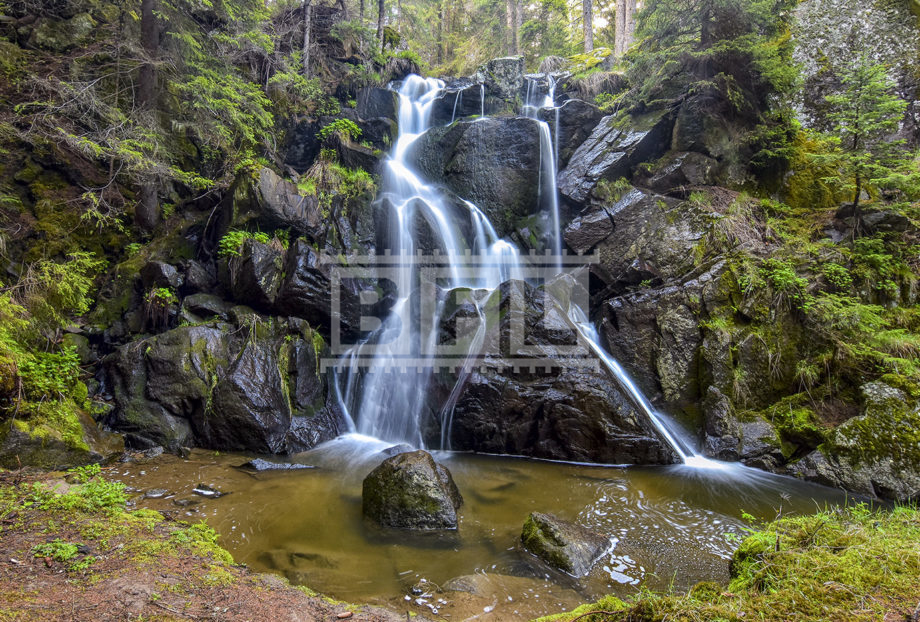)
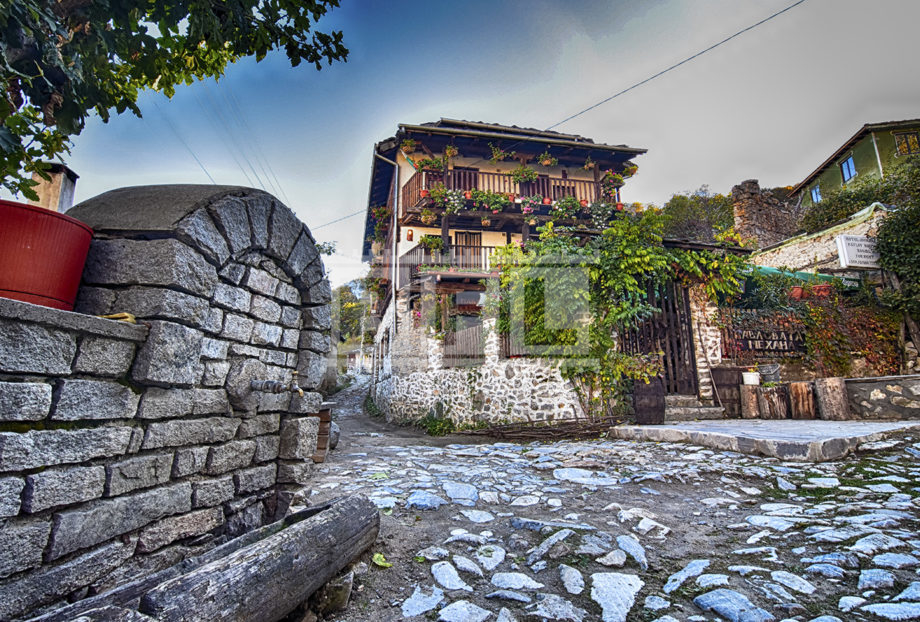)
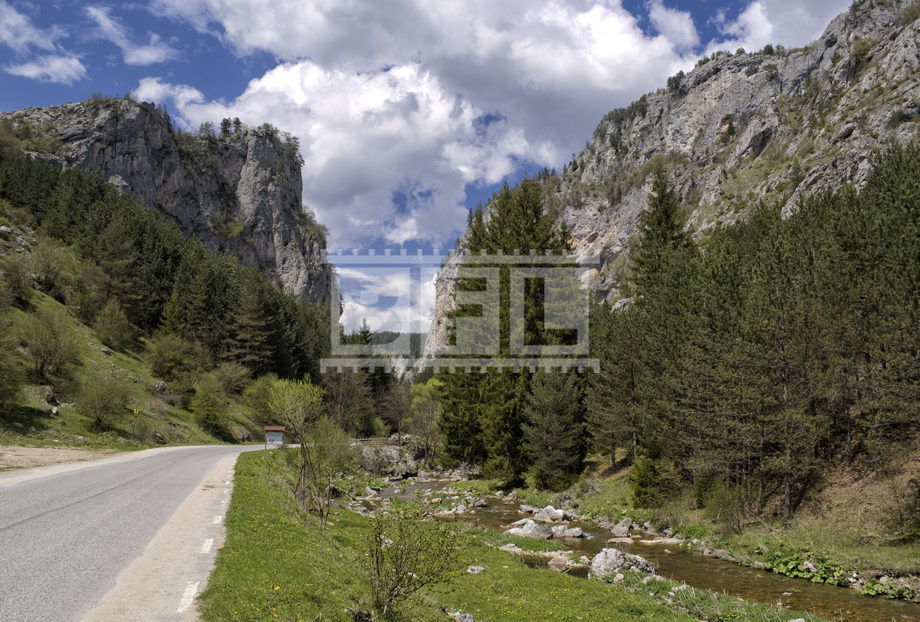)